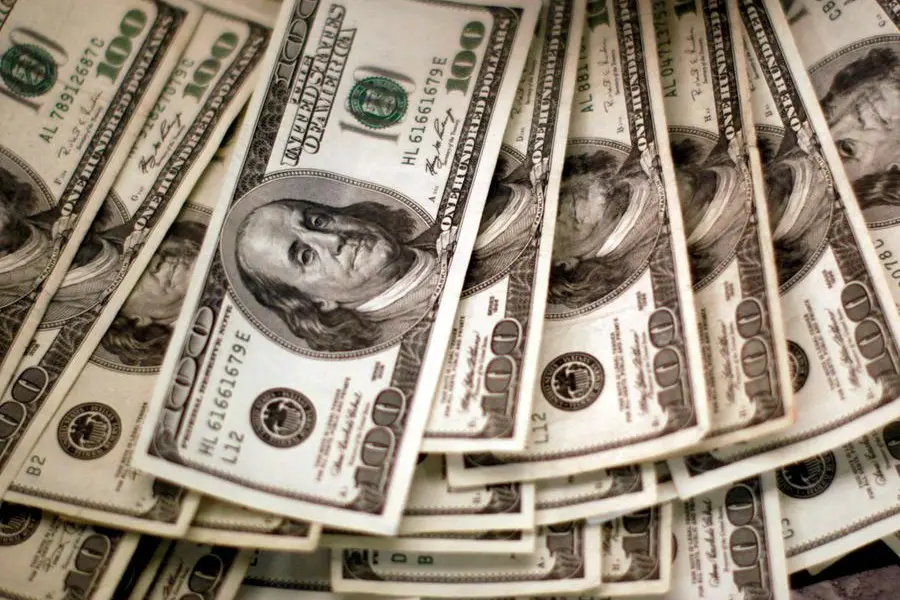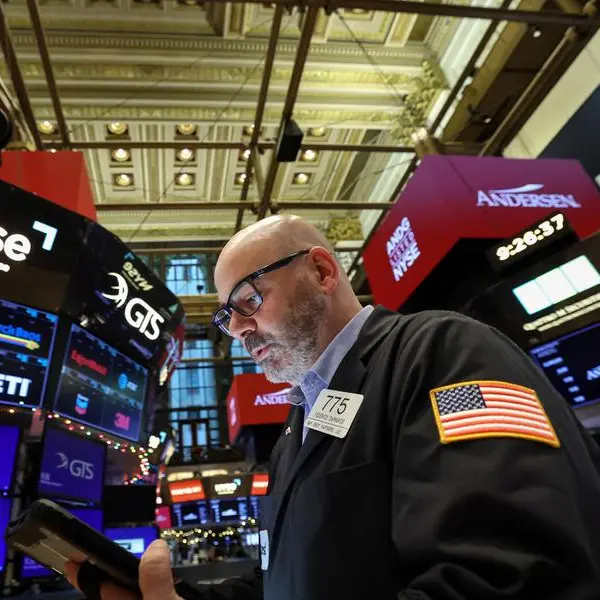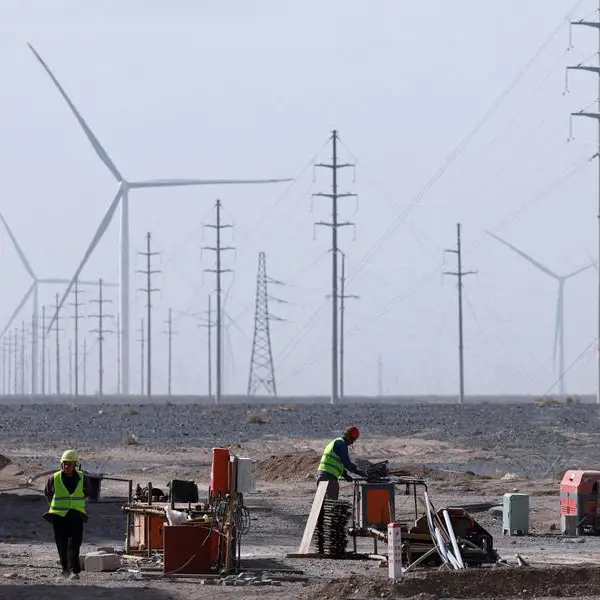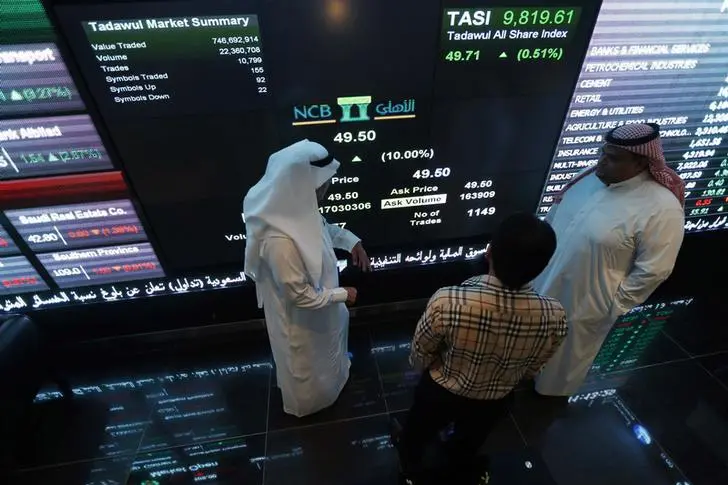PHOTO
(The opinions expressed here are those of the author, a columnist for Reuters.)
LONDON - For all the trepidation about America's gaping fiscal deficit, mounting public debt, credit downgrades and the precipitous dollar decline, the Treasury market appears to be doing just fine.
No one doubts the scale of eye-watering public debt metrics, which will likely be entrenched whatever version of President Donald Trump's "big beautiful" budget bill emerges from Congress this summer. Still, the bond market seems to view it as manageable.
Both the real and nominal U.S. 10-year borrowing rate has done very little for almost two years now - even though risk premiums have crept higher. And while elevated compared to pre-pandemic troughs, bond market volatility is also roughly near long-term averages.
Even in the tumultuous first half of 2025, exchange traded funds tracking Treasuries are little changed, much like major Wall Street stock indexes.
This year, the most pain has been felt by the U.S. dollar, and by extension unhedged foreign investors.
DEBT MONETIZATION?
Fiscal scare stories are strewn across the world of politics and economics.
Just last week, former Bank of England policymaker and Citi chief economist Willem Buiter co-authored a piece sketching out a very unnerving story about what could happen with U.S. debt within a relatively short timeframe.
Buiter and Birkbeck professor Anne Sibert said investors should "brace for impact". The authors said the absence of any significant fiscal control in either party in the U.S. Congress will ultimately force the Federal Reserve to monetize the debt to avoid any seismic financial instability that could result from a default.
Another burst of inflation would be the net result, they concluded.
Like many, they ring the alarm bell about an economy at full employment that's running an annual primary budget deficit, which excludes interest payments, of over 3% of GDP.
And they reckon that if left unchecked, the current U.S. fiscal trajectory could cause the U.S. debt-to-GDP ratio to balloon to a whopping 525% by the end of the century. The ratio has already topped 100%.
Just to stabilize the situation, they calculate that the primary deficit would need to fall by an average of 4.3% of GDP a year over the next 75 years.
That's not going to happen, at least not without a radical political rethink in Washington.
The Congressional Budget Office already expects debt-to-GDP to hit 156% by 2055 under current settings.
The result, according to Buiter and Sibert, will be an increasingly restive bond market that will push the Fed - which still holds about 15% of the $28 trillion debt held by the 'public' - to return to bond buying to maintain financial stability.
"The Fed will have no choice but to engage in sovereign debt purchases that it knows to be incompatible with its monetary-policy objectives," they concluded, saying this will happen regardless of any political pressure on the Fed. "The inflation surge could be no more than three years away."
The Fed begs to differ of course.
On Friday, governor Christopher Waller insisted it was up to Congress to sort out the budget and it was not the Fed's job to provide cheap financing.
While that may be true, it's unlikely the Fed would be able to ignore the systemic instability that goes with any bond crisis if it were to unfold.
And relative market ease at the debt profile may partly reflect a belief in the Fed backstop Buiter describes.
A big question for foreign Treasury investors that still hold nearly a third of the debt, however, would be whether higher inflation with capped bond yields would likely push the dollar much lower. And their exit may well be the sharpest end of the stick for the market going forward.
"UNNECESSARILY ALARMIST"
Midyear investment outlooks streaming in this month remain remarkably calm about the immediate road ahead.
For example, Societe Generale's bond team expects markets to "muddle through" for another six months, keeping Treasuries largely range bound. Others point to the $7 trillion in domestic cash funds that could pour into the long end of the yield curve if the Fed starts easing again or foreigners exit. Changes to bank capital regulations are another factor, even if still uncertain. One take, from TSLombard economist Dario Perkins, is that many debt worries are "unnecessarily alarmist" and talk of using the Fed balance sheet - or what he sees as discredited quantitative easing or tightening policies - is beside the point.
Perkins is convinced the 40-year bull market in bonds ended with the pandemic. But he sees this as a benign outcome, arguing that it's simply a return to normality after the peculiar economic funk experienced in the decade after the banking crash.
A mix of factors will keep the bond horses calm, he reckons. Above-target inflation and higher nominal growth will prevent debt-to-GDP from exploding, the Fed always has the ability to step in if necessary, and the government could regain some fiscal discipline.
"The good news is that governments do not need the help of their central banks to engage in QE-like operations. That's because they can always issue short-term bills instead of bonds," he said, while acknowledging the 'rollover' risks that go with that.
In the end, the fiscal outlook will only become a 'crisis' when the bond market deems it so.
The opinions expressed here are those of the author, a columnist for Reuters.
(by Mike Dolan)





















